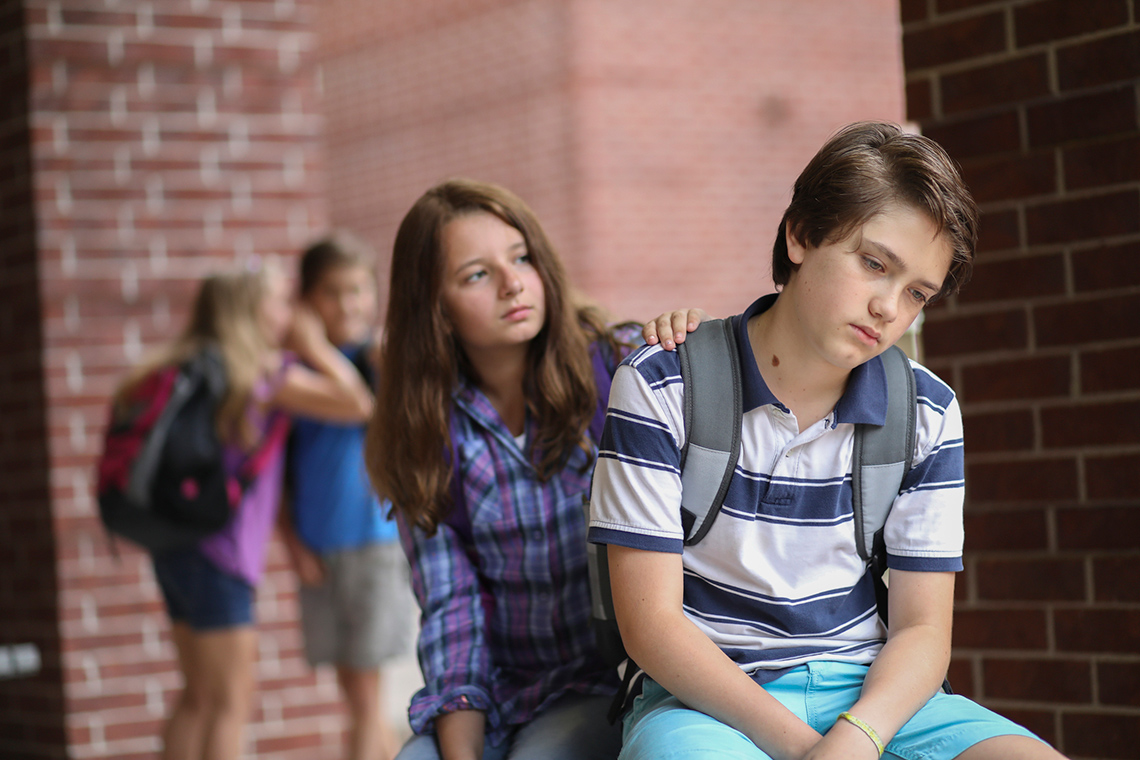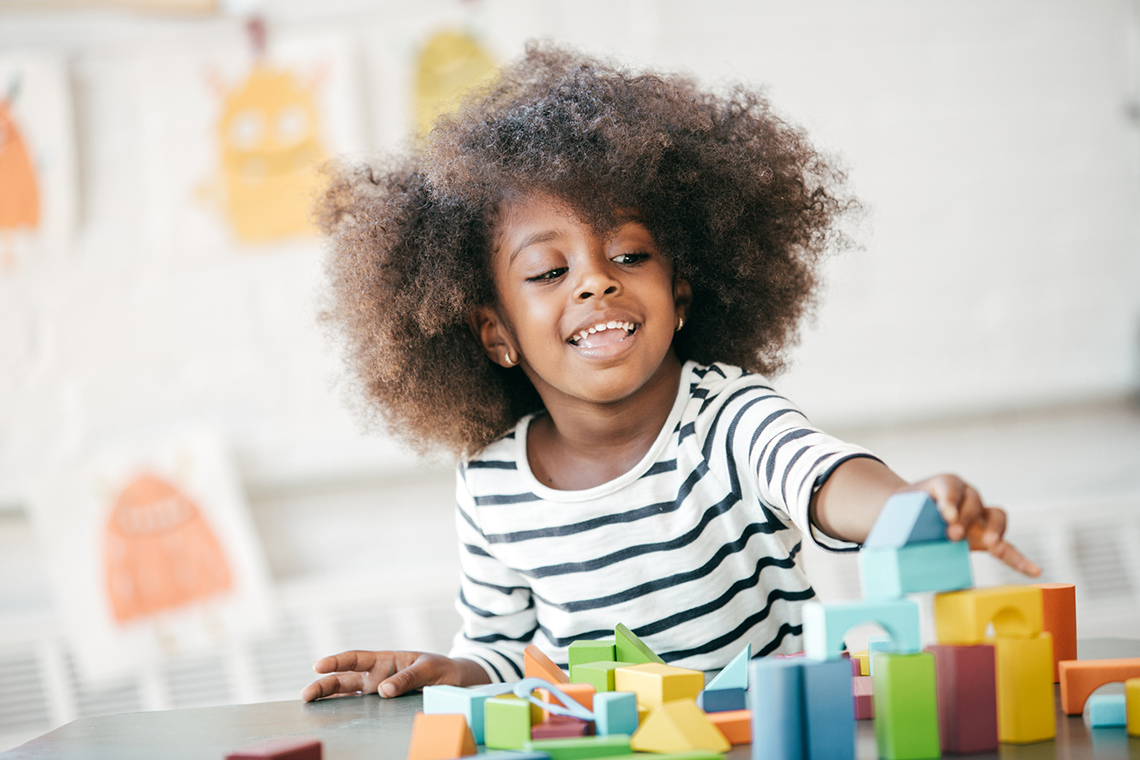Minds On
Stressors

Stress is defined as a state of mental or emotional strain or tension that results from very demanding circumstances.
If this is the definition of stress, what is a stressor? What does it mean to cope with stress? Work with a partner to create your own definition for stressor.
For example: Stressors are things that can make you feel worried or uncomfortable. They can be physical or mental things.
Record your ideas in an audio recording, on paper, on a computer, in an organizational tool of your choice or through discussion with a partner.
Brainstorm
Brainstorm
What are stressors in your life? Create a list of all the different things that bring stress to your daily life and why.
Complete the Brainstorm Chart in your notebook or by using the following fillable and printable document.
| Stressors |
|---|
|
Example: Tests- Tests cause me stress because I never know
what to expect.
|
Press the ‘Activity’ button to access the Brainstorm Chart.
Action
Making connections
Mindfulness in practice

What is mindfulness? How does it help us?
In the following activity, we will set a timer for two minutes and stay silent until the time is up. You may close your eyes, or even lay your head down if that is more comfortable. It's important to inhale and exhale slowly and visualize the air going in and out of your lungs. Focus on what is happening in the moment and try not to let your mind wander to other thoughts.
Debrief: How did that make you feel? Were you able to focus on the moment or did your thoughts wander?
Inquiry task
To delve deeper into the concept of stress and stressors, we are going to inquire a little more into the physical symptoms of stress. Working with a partner, if possible, you are going to choose one of the following three options and complete a short inquiry activity about either the physical symptoms, the emotional symptoms or coping strategies for feeling stressed. You will be using this inquiry to create a media text about this topic that will support others and give them information to help them understand the concept of stress.

Option 1: The physical symptoms of stress
- Create a list of 3-5 questions regarding the physical symptoms of stress. What do you wonder? What do you feel that others need to know?
- Research 3 or more reputable sources (strong, reliable, valid sources) to gather information to answer your questions.
- Evaluate the information that you have gathered and determine what is the most important information to share with others.
Option 2: The emotional symptoms of stress
- Create a list of 3-5 questions regarding the emotional symptoms of stress. What do you wonder? What do you feel that others need to know?
- Research 3 or more reputable sources (strong, reliable, valid sources) to gather information to answer your questions.
- Evaluate the information that you have gathered and determine what is the most important information to share with others.
Option 3: Coping strategies for stress
- Create a list of 3-5 questions regarding coping strategies for stress. What do you wonder? What do you feel that others need to know?
- Research 3 or more reputable sources (strong, reliable, valid sources) to gather information to answer your questions.
- Evaluate the information that you have gathered and determine what is the most emportant information to share with others.
Planning to create a media text
Before we create our media texts, let’s take some time to discuss what an effective media text needs to include. The first thing that needs to be considered is the purpose and the audience.
- An effective media text creates a message that connects with the target audience.
- An effective media text states its purpose early and clearly.
- An effective media text is created with language, images, and techniques that are appropriate to the target audience.
- The format of an effective media text is one that its audience is familiar with.
For example, if a media text needs to be created for young children aged 3-5, what would make it effective?

- The text would be short with simpler words and few sentences.
- The images would connect to young children – simple images with bright colours.
- The message would be connected to children of similar age range.
- The format would be one that would grab the attention of young children which means it would be fun, active, and bright.
The next thing to consider is the information being shared. What is the most important information that others should know? Why do they need to know this information? How will it support them and connect to their lives?
These are important considerations as we move to create this media text.
Consolidation
Creating a media text
Now it is time to create the media text! First you need a plan. Record your brainstorming in an audio recording, on paper, on a computer, or in a visual representation.
- Who is your target audience? Why?
- What is the purpose of your media text? Is it to inform? Persuade? Entertain?
- How will you connect to your audience?
- What form will your media text take? Will it be a presentation? A poster? An audio or video recording? A visual representation?
- Which one makes most sense for your audience and the message you want to send?
- What techniques will you include in your media text? (language, text, style, visual)
Share your plan with a trusted adult. Once you are ready, create this media text using all of the strategies you have planned and discussed.

Reflection
As you read the following descriptions, select the one that best describes your current understanding of the learning in this activity. Press the corresponding button once you have made your choice.
I feel...
Now, expand on your ideas by recording your thoughts using a voice recorder, speech-to-text, or writing tool.
When you review your notes on this learning activity later, reflect on whether you would select a different description based on your further review of the material in this learning activity.